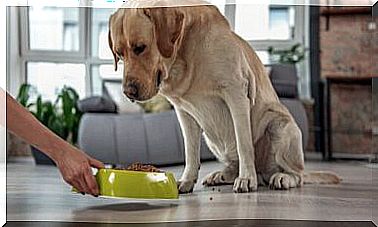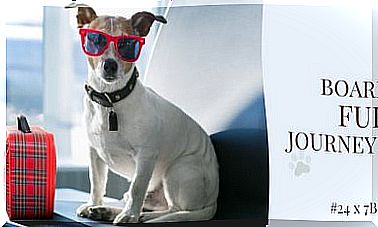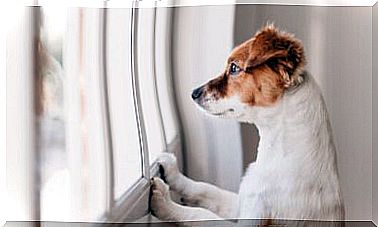Your First Dog: We Help You Get Things Better In Record Time
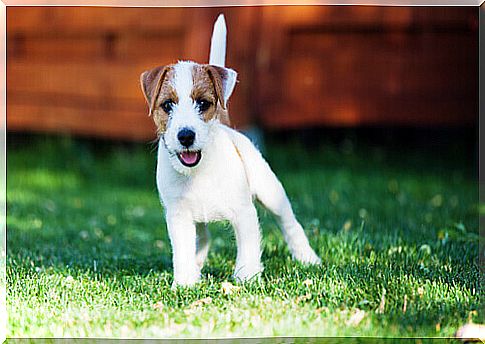
Your dog’s first days in your new home are very special. Perhaps the new member feels a little confused about where you are and what to expect from you. You and your family should create a clear parenting structure for your furry friend, as this will be critical for the transition to be smooth and effective.
In this article, we will share some tips so that your dog’s first days in his new home are not a reason for conflicts and so that he can be better and better, in record time.
Advice for the first 30 days
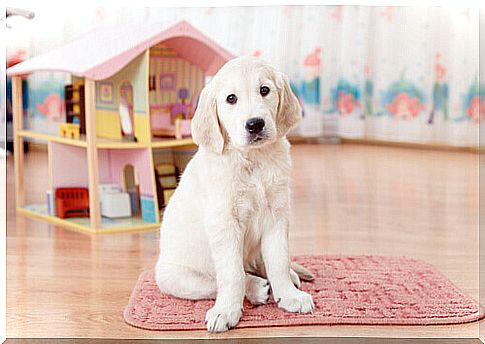
Determine where your dog will spend most of his time. As he will be in conditions of great stress due to the change of environment, he may forget any rules of coexistence he has learned.
The kitchen is often a space that works well for the first few days. But if you notice him approaching and settling himself on top of your couch, teach him that this place is not his.
You can train your dog for indoor life, and teach him to sleep in a crate. Make sure you have an appropriate crate for your dog’s size.
The area where he will spend most of his time during the first few months is very important. In the area you choose for the dog to stay, you should hide the electrical cables that are loose.
Also, in the area destined for the new member of the family, you will have to store, in high places, the household chemical products. It is also convenient that you eliminate plants, rugs and fragile objects and, if necessary, you will have to install baby gates.
Your dog’s training will start from the first moment he arrives at his new home. Take some time to make a list of the vocabulary you will use to give your furry friend instructions.
All members or people who are in direct contact with the animal must use the same words. This will help avoid confusion and help your dog learn commands faster.
Don’t forget to put an identification tag with your phone number on your pet’s collar. This way you ensure that if he runs away, he can be found and returned.
A dog’s first day in his new home
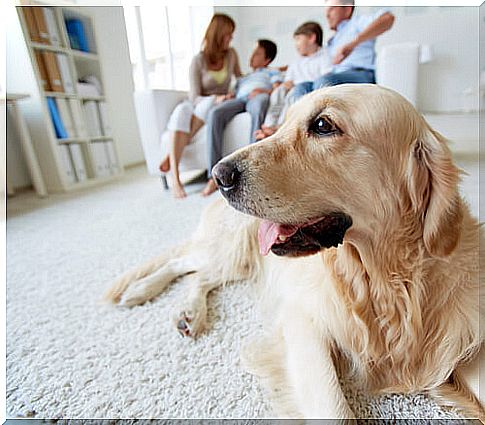
If you have children, it’s a good idea to teach them what it’s like to approach their new four-legged friend, but don’t overwhelm them.
When you adopt the dog, ask what and when they gave it to eat. Repeat this time for at least the first few days to avoid gastric problems.
If you want to switch to a different brand of feed, this process should take a week. During this period, you must combine one part of the new ration with three parts of the old one.
On the way to the new home, the dog must travel safely, preferably in a carrier. For some animals, car travel is very stressful, so you will need to transport it to a place that is safe.
As soon as he gets home, it ‘s important that you take him immediately to the area that will be used as a bathroom for him and spend a lot of time with him there, so that he gets used to that area and gets excited about doing his needs there.
From day one, start with your eating schedule, bathroom routine and play/exercise. Since your new pet arrives at the home, it is important that you understand that your dog will need time to be with his new family and also brief solitary adaptation periods.
Pay attention, watch how he adapts and when you notice that his behavior is perfect, reward him by giving him a chew toy or letting him rest peacefully.
During the first few days, keep calm and calm around your dog. Words like “come here” or “lay down” may produce a different reaction than expected. So, at first, you will have to be very patient.
After a few weeks, you will surely get to know your four-legged friend’s personality. If at first maybe it feels a little uncomfortable, when you get to know each other, everything will be so much easier.
Be patient and understanding, comply with your eating, walking and exercise routines correctly.
Periodically take your dog to the vet for check-ups, make sure your dog has all the necessary vaccinations and, if necessary, a trainer can help improve your dog’s behavior. Finally, give him all the attention and pampering he needs at all times.
